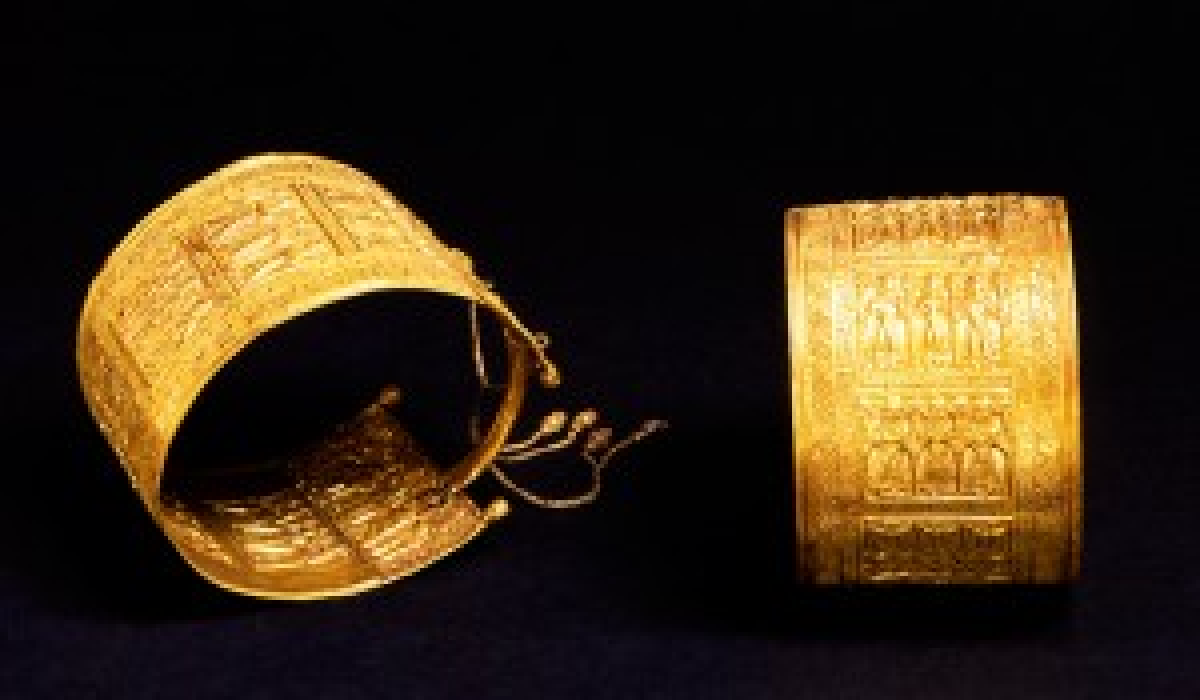
Today the technologies of modeling of inner reality are increasingly used in many spheres of human activity. And if in some areas the computer graphics are used to recreate the image of the future facilities, the «Gylym Ordasy» («Ғылым ордасы») Republic State Enterprise with the help of these technologies is going to represent the past in three-dimensional space and create a Virtual museum.
Developers of the project are aimed to support museum visitors with the full illusion of a real free access to virtual halls and storages to provide a complete work with the materials and collections placed there. It is assumed that users who have an opportunity to get the server with a Virtual museum on its disk space using any computer directly or through network resources will be visitors.
Virtual reality is an imitation of real world on the personal computer, made by means of three-dimensional interactive models. The VRML (Virtual Reality Modeling Language) platform, which is one of the main and more developed instruments for creation of the three-dimensional worlds in Internet, was selected to implement the project.
This is a platform independent object-oriented extensible programming language which in the most general principles resembles the HTML language well-known to designers of Web-pages. However, it differs from the latter thanks to the ability to represent the objects and their surroundings in the movement and three-dimensional.
In relation to the museum context the VRML-document is a simple text file that contains the descriptions of halls, their surface properties (color, texture, material, lighting, and to name but a few) and images of museum exhibits. VRML-document is requested from theWeb- server and delivered to the user in the form of source code, like HTML-document long ago became quite common. Browser, scanning VRML-document and converting it into three-dimensional graphics, must have the so-calledVRML-plugin, creating on a screen an illusion of spatial movement of the observer and the surrounding objects.
It is possible to say that with the opportunity to insert museum objects in VRML-worlds the representation of a specific class of museum objects acquires a new dimension. It can be injected to the museum database, adding references to flat images of museum objects with links to files with their VRML-representations, if there is any. And user interface shells of such databases can be supplemented by the connection to the means of 3D-view.
In addition, having access to VRML-models of objects via the Internet or a museum informational system, museum specialist will be able to study the subject of his interest in details (mechanics, dynamics, functionality, internal construction, architectural features of immovable monument) without going on a business trip or visit storage areas. This will significantly reduce the period and efforts of writing the scientific papers, preliminary study while selection and grouping of things at the exhibition as well as comparative analysis with the objects in other museums.
Meanwhile, the use of VRML-models of museum objects would facilitate the study of those exhibits direct manipulation with which is not allowed in museum or objects with inaccessible or lost elements for university courses of Museology, Archeology, Ethnography and school hobby groups on learning of history.
The second stage includes correction of the color balance and sharpness of taken photographs using the Adobe Photoshop program. After that the material is processed in the Strata 3D SX program, and the mask laid each photo, i.e. all unnecessary objects around the model are painted over. Upon the completion of this phase the program reads the information and recreates frame silhouette. The greater number of pictures, the clearer silhouette is.
The final stage is detailed elaboration of the model when separate parts of taken photos are put on the silhouette. As a result of all these processes, we obtain the model in three-dimensional space.
The Virtual museum project is aimed, first of all, at the popularization of a rich cultural-historical heritage, which is kept in the museums of «Gylym Ordasy». At the present time the museum funds account approximately twelve thousands of exhibits. The project will cover the most rear museum artefacts. For today around 40 exhibits have been created. And participants of the project already work at the development of 3D-panorama of museums
The specialists are sure that the Virtual museum will be quite popular among people, as it will give an opportunity to encounter with amazing heritage of the ancestors.
Timur Kabenov
Specialist on informational technologies of the «Gylym Ordasy» («Ғылым ордасы») Republic State Enterprise
